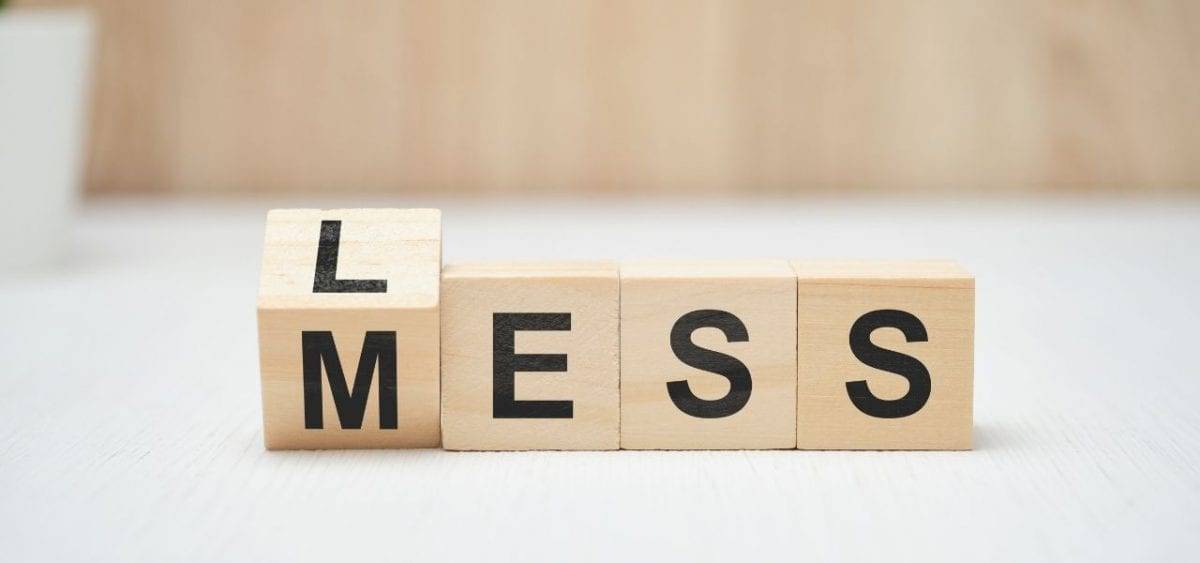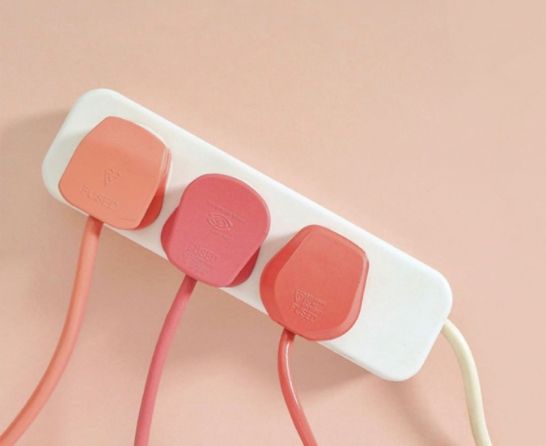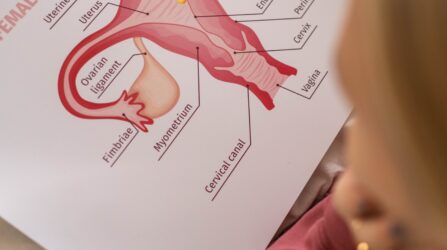Home > Emotional wellbeing > Mental health > How to declutter in ten easy steps


Maybe it’s because we’re spending more time at home in 2020, or because the nights are drawing in and we want to make our houses cosy. There has never been a better time to declutter. But where to start? If you’re looking around where you live and seeing endless piles of ‘stuff’, here’s how our easy declutter steps.
There’s no point in giving your whole living space an overhaul at the same time, as you’ll quickly become overwhelmed. For a start, where will you put everything you sort? You need to keep some spaces in your home free from de-cluttering, so you have somewhere to relax and live in. Deciding on what you’ll tackle first is the start of the declutter steps.
Is it the loft that you’ve shoved things into? The coat cupboard that has way too many coats or the never-ending shoe pile? Make an order of what you can tackle and consider the practicalities. Where will you sleep if your bedroom is chaos? Is there a room or space that you can reserve as a ‘sorting area’ in order to make decisions on what to keep or throw away? By making it manageable, the task won’t be so daunting and you’re more likely to see it through to the end.
This declutter step is a secret weapon. Ask all your friends which podcasts they have enjoyed the most and load them onto your phone. Doing any kind of housework whilst listening to the radio or music makes it palatable but listening to a series on a podcast means you’ll look forward to the decluttering!
It might be the hallway where the shoes pile up or the table covered with bills, stationery and letters. The crunch points in your home take the most strain when it comes to clutter unless you think cleverly about storage. Do you have a place in your house where keys/glasses/phones live? Do you have a coat and shoe storage? Your hallway is the first thing that people see (and that you see), so making it pretty and functional is key. Buy some wicker baskets which are designated ‘shoe baskets’, ‘hats and gloves baskets’ and a square basket for the post. Do a weekly sweep of the ‘clutter’ areas and move things to their proper ‘homes’.
One-off the most important declutter steps is getting rid of things. Realistically, how many coats do you actually wear? Making a yes and no pile of what to keep is easy – the tricky area is the ‘maybe’ pile. Don’t save things because you might need them in the future – only keep what will be used over and over again. Be ruthless, if you never reach for that jumper in your wardrobe, get rid of it. “I was keeping my older son’s clothes for my youngest son,” says mum Laura. “But there’s a nine-year age gap between them and it suddenly dawned on me that I was keeping clothes for nine years that took up heaps of space I needed. No one complained when I took them to a local charity shop!”
Do you have a shelf of books you’ve read and will never read again? Find local charities that take clothes, books, toys or household items. “I’m a huge fan of eBay,” says Amy, 27. “I have a rule unless I’ve sold items of the same value on eBay, I’m not allowed to buy anything new or second-hand!” It’s a great philosophy and one that has eco-credentials! The British Heart Foundation collect all sorts of household items including books. See The British Heart Foundations guide on what can be donated here and move on the next declutter step.
Is your bathroom full of millions of half-used bottles, out-of-date sun lotions, perfumes you’ll never wear and dried up nail varnish? It’s time to get fill bin bags and dump/recycle what you’ll never use. Buy shallow containers for bathroom drawers and have a designated place for everything. Why not put cotton-wool pads in vintage glass jars instead of strewn on sinks and medicine cabinets with old medicines can be cleared out. Consider drawer dividers so you can keep lotions separate from sanitary products rather than having them all jumbled together. Look at companies like Terracycle, which recycle old bathroom and beauty products and packaging.
Next up in our declutter steps- take it room by room. Start by making a list of what annoys you the most. We all have more than we actually need so room by room, consider what you can do without. Is your linen cupboard filled with sheets that don’t fit any bed or your mug cupboard filled with mugs that you hate drinking out of? One of the biggest clutter areas we have is CD or DVD storage, which is now relics of the past. Think of all the room you will free up by getting rid of old towels, dog-eared books and bags you never use. Use sites like Music Magpie to sell old CDs and DVD, instead of just throwing them away.
We’re talking kitchen clutter and the tendency to fill every space or shelf with ‘stuff’. What initially looks nice (candles, glassware, salt and pepper shakers) can start to overwhelm your kitchen and invade your cooking and preparing space. Every three months have a kitchen cupboard clear-out and recycle old jars, pots and sauces. Wipe down shelves and take a good look at your food storage. Are your jars and tins being pushed to the back of the cupboard doomed to sit in the dark for years? Can you buy stacking shelves in order to see all the food you have? Stack similar items together such as sugar and flour and invest in containers to hold food in, keeping them fresh and avoiding spills.
Dedicate a whole day to fixing or mending things that need attention. Do you own shoes that need to be re-heeled or a dress you love that needs a zip fixed? If you can’t mend the item, it’s time to get rid of it. Chucking out the coffee machine that no-one will fix, or the chipped plates that stay at the bottom of the cupboard will free up heaps of space. When you next make a cup of tea, count how many mugs stay at the back of the cupboard and never see the light of day. If you don’t use them, donate to a charity shop; someone else might love them!
Jam-packed wardrobes are probably the area that fills us with most dread. “I have a clear out, my wardrobe looks neat and everything is folded and then within a week it’s back to clothes being stuffed in or jumpers falling on my head when I move something.” Says Jemma, 34. If Jemma’s wardrobe sounds familiar, it’s time for a complete overhaul. There are two ways of seeing this situation, either you need more wardrobe space, or you need fewer clothes, and something has to give. Most of us are unlikely to have more space we can expand into, so getting rid of clothes is a sensible option. There are a few tricks that can help small wardrobes out.
Now we’re all working from home, getting a good workspace into your home environment is essential. It helps in feeling productive and not overwhelmed by home working. However, some of us have no choice but to be perched on the end of the kitchen table. But that doesn’t mean you have to be surrounded by clutter. Do a ten-minute trawl through your desk to recycle papers you don’t need anymore or post letters that need attention. Pen pots, in trays, desk drawers for papers and a basket for envelopes help to keep your desk clutter-free. While you’re at it, dedicate an afternoon to clearing out your inbox of unwanted emails. Emails can be full of clutter too!
We hope the declutter steps have been useful, let us know how you get on I the comments below!
“Out of clutter, find simplicity,”
Albert Einstein

-


Dr Singh is the Medical Director of the Indiana Sleep Center. His research and clinical practice focuses on the myriad of sleep.

The importance of the follicular phase While it may not be the most fun part of the menstrual cycle, the follicular phase plays a key role in your reproductive health. As we mentioned, the follicular phase begins on the first

Understanding female hormones If you’ve never heard that women have specific feminine hormone levels, you’re probably wondering, “What are the female hormones and how many hormones do women have? Female hormones are hormones released in higher concentrations in a woman’s

Understanding estrogen and its role in pregnancy Estrogen is one of the most important sex hormones, impacting every part of the fertility process. During your menstrual cycle, estrogen levels influence LH production, which triggers ovulation. While progesterone is responsible for
Hormona© 2025, All Rights Reserved
Privacy Overview
| Cookie | Duration | Description |
|---|---|---|
| cookielawinfo-checkbox-analytics | 11 months | This cookie is set by GDPR Cookie Consent plugin. The cookie is used to store the user consent for the cookies in the category "Analytics". |
| cookielawinfo-checkbox-functional | 11 months | The cookie is set by GDPR cookie consent to record the user consent for the cookies in the category "Functional". |
| cookielawinfo-checkbox-necessary | 11 months | This cookie is set by GDPR Cookie Consent plugin. The cookies is used to store the user consent for the cookies in the category "Necessary". |
| cookielawinfo-checkbox-others | 11 months | This cookie is set by GDPR Cookie Consent plugin. The cookie is used to store the user consent for the cookies in the category "Other. |
| cookielawinfo-checkbox-performance | 11 months | This cookie is set by GDPR Cookie Consent plugin. The cookie is used to store the user consent for the cookies in the category "Performance". |
| viewed_cookie_policy | 11 months | The cookie is set by the GDPR Cookie Consent plugin and is used to store whether or not user has consented to the use of cookies. It does not store any personal data. |
